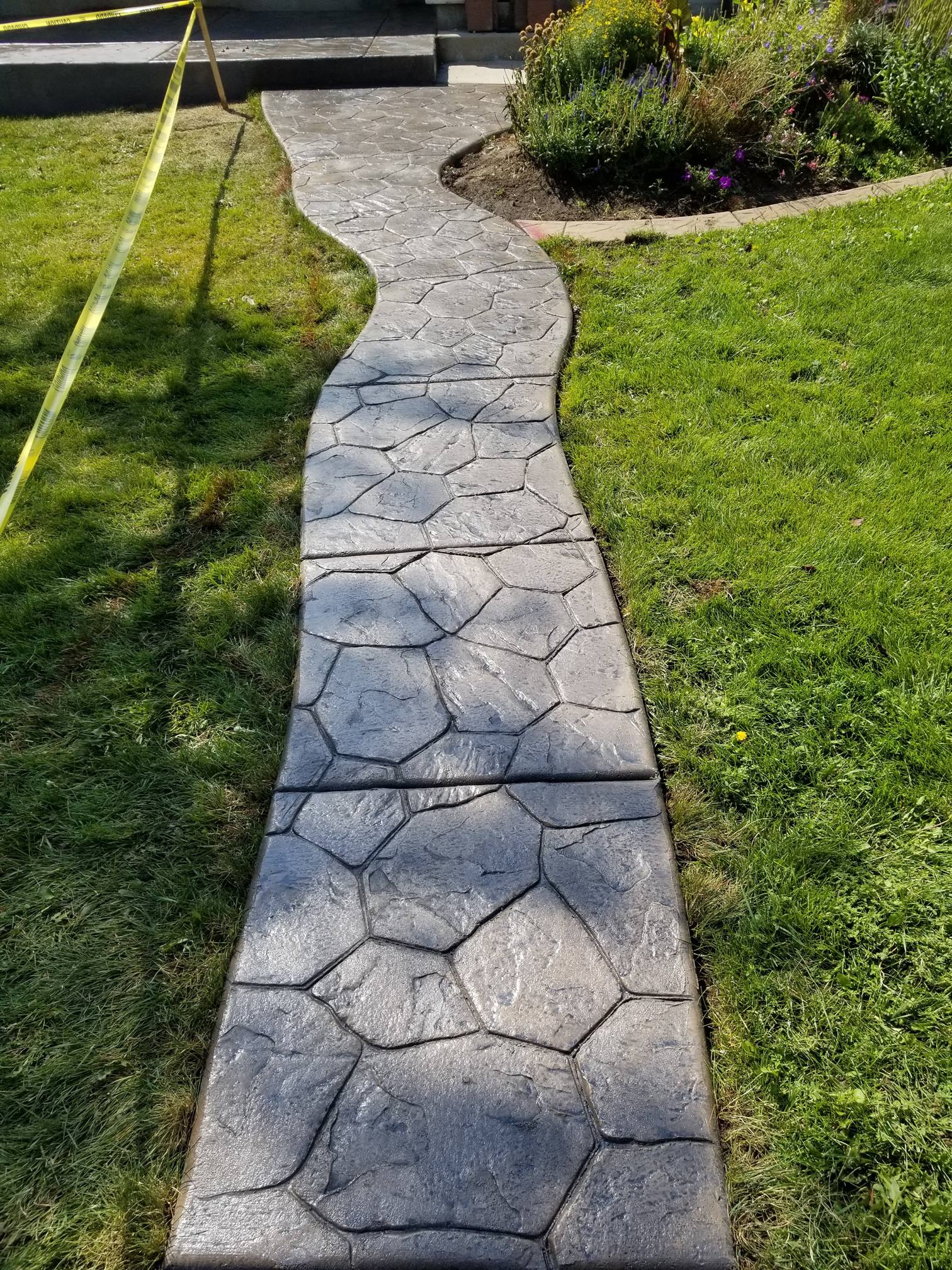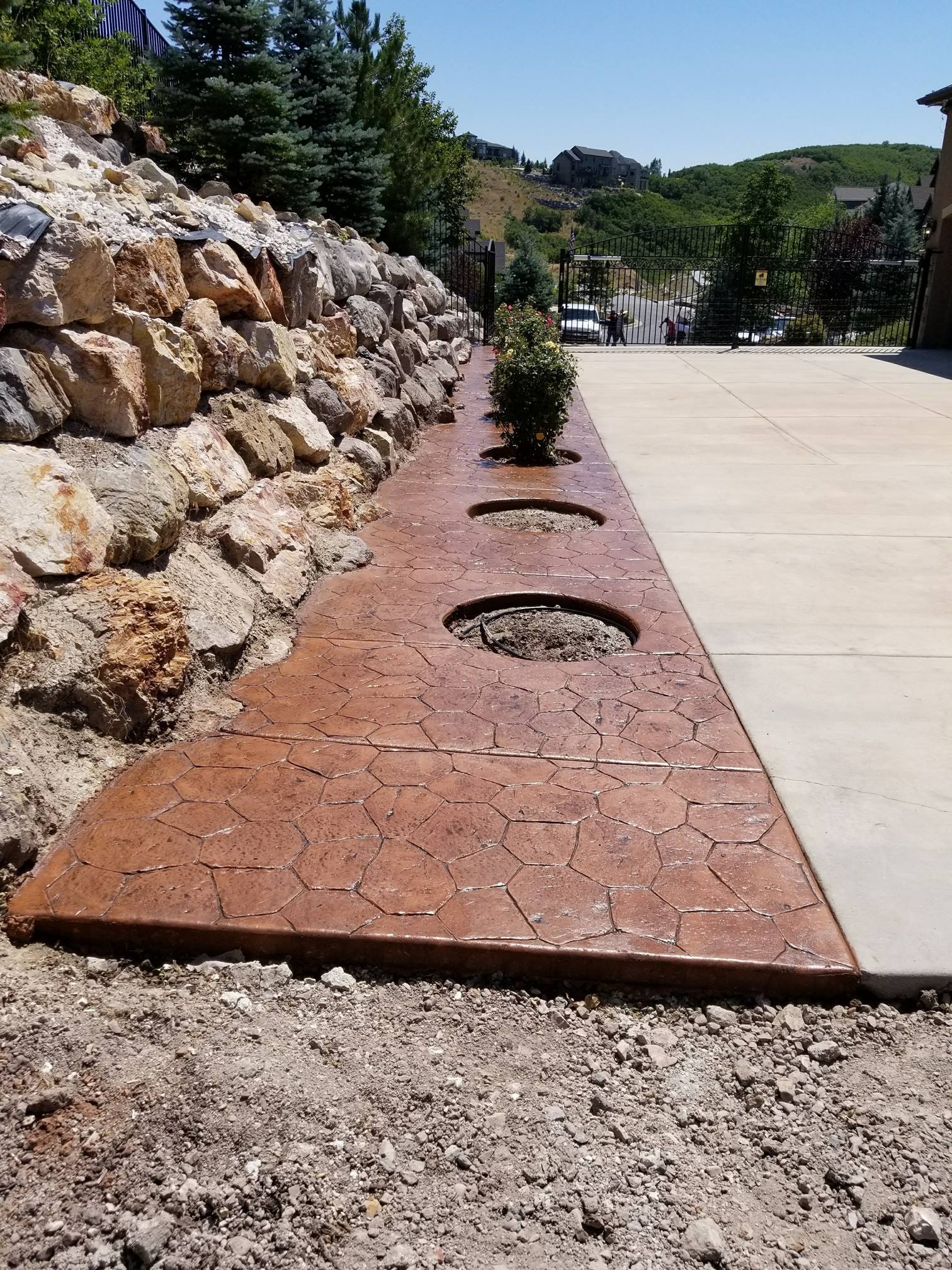service
New Concrete
Concrete, as the most used building material worldwide has a huge impact on our cities, societies and environment. Much of our research is based on the idea to create an alternative solution for conventional methods of building, such as building with concrete. In this article, we will tackle basic and relevant knowledge and information about concrete, to understand why it is important to think about alternative solutions for the future of our building habits. This write-up will be part of a series of small papers related to meaningful knowledge, to understand why it’s urgent to rethink our conventional building approaches.
Concrete, cement & mortar – definitions
To give a brief overview of what we are talking about in specific, we will first define the most important terminologies that we will need to understand the whole topic around concrete.


Concrete is an artificial building material, which consists of a binding agent like cement or lime, in addition to water and aggregates (sand and gravel) as well as potential additives (like fly ash or plasticizers). The cementitious part gets liquefied with water. By adding water to the cement a chemical reaction is caused and the process of crystallization begins. In the next step some additives such as gravel and sand are added. These aggregates are held together by the liquified cement. Once the whole mixture is cured, this process will finish with a solidified product, called concrete.
